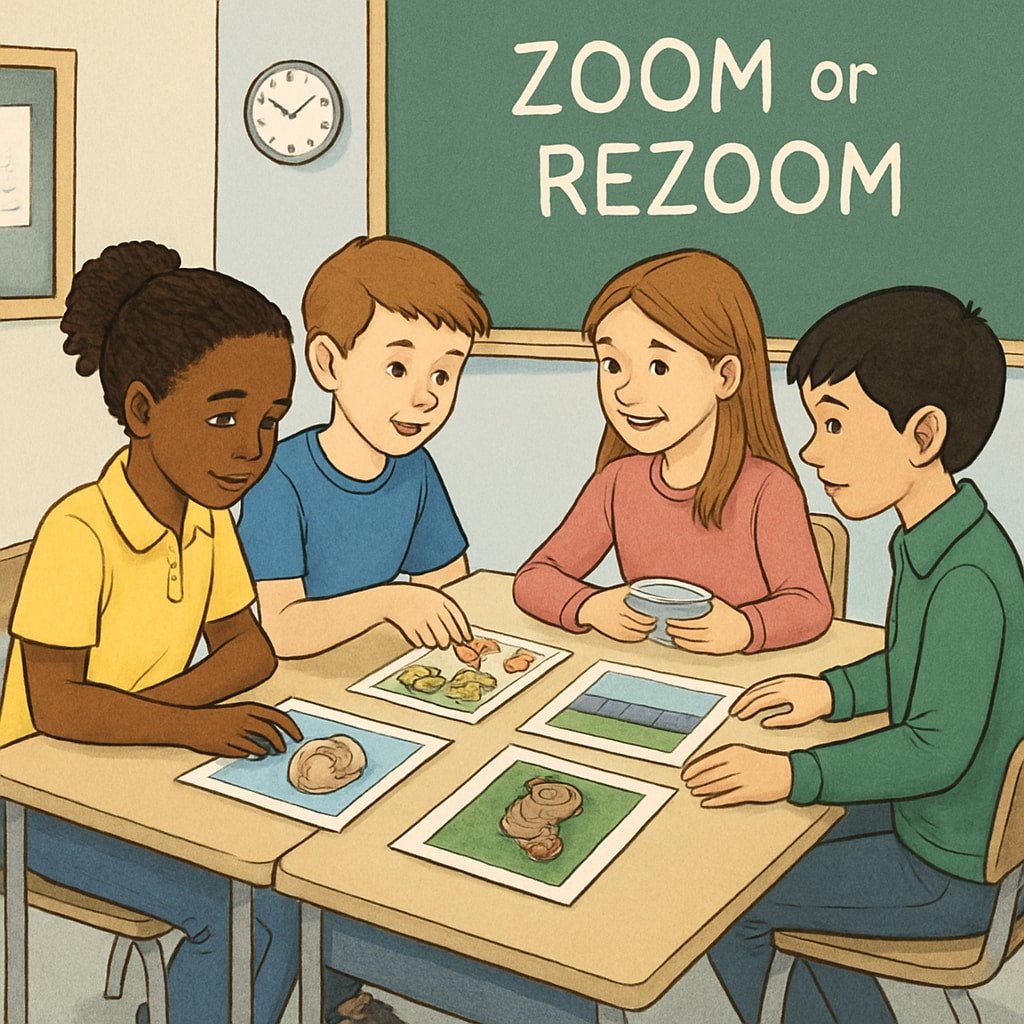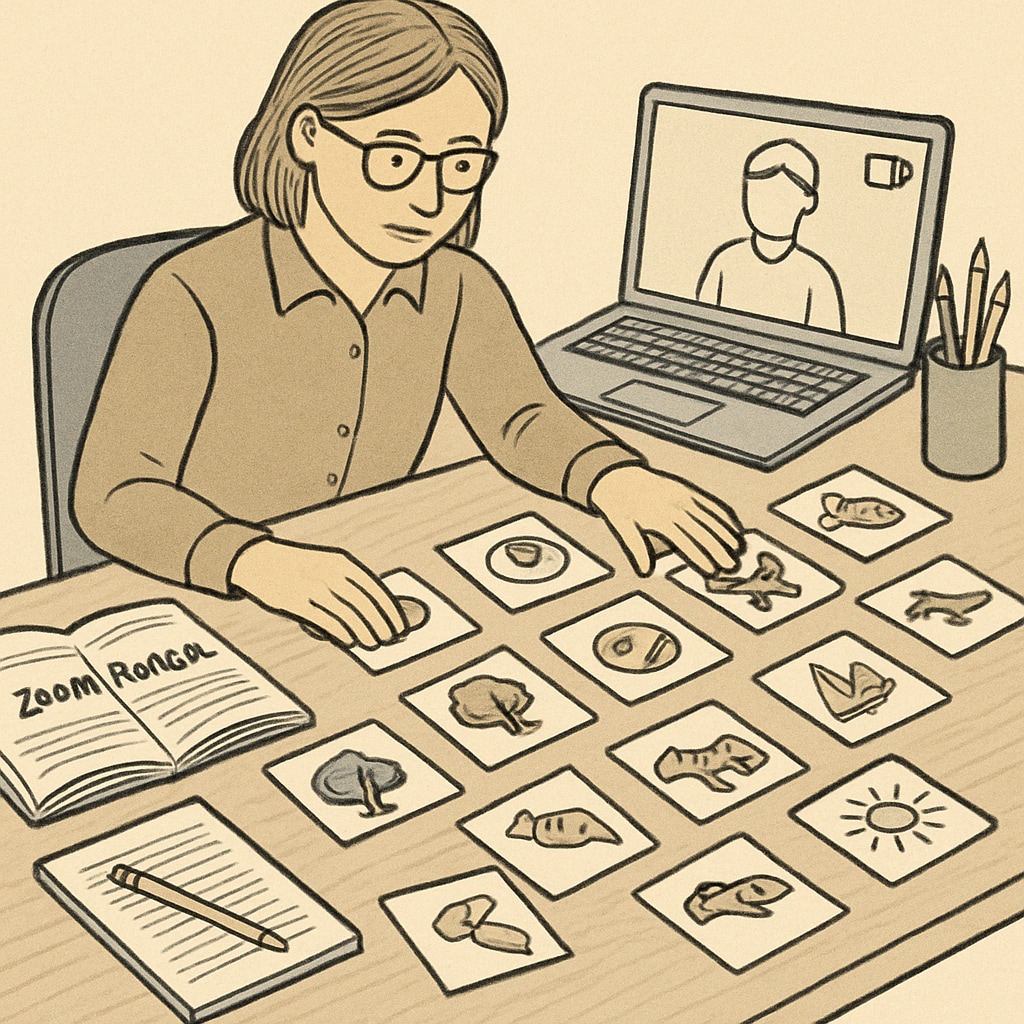In modern classrooms, the use of Zoom and ReZoom teaching activities has gained popularity due to their ability to foster critical thinking, collaboration, and visual literacy. However, the absence of a clear sequential guide for these activities can significantly impact their effectiveness. Teachers often struggle to reconstruct the correct sequence, leading to potential gaps in learning outcomes. This article delves into why sequential guides for Zoom and ReZoom are vital, the consequences of missing these resources, and actionable strategies to restore effective teaching materials.
The Importance of Sequential Guides for Zoom and ReZoom Activities
Zoom and ReZoom teaching activities are based on a storytelling format using picture books. These books allow students to piece together a narrative by observing visual cues and interpreting relationships between images. The sequential guide plays a critical role in ensuring the activities flow logically, enabling students to grasp the intended learning objectives.
A well-structured sequence supports skills such as:
- Critical thinking and problem-solving
- Collaboration among peers
- Visual literacy and observation skills
- Understanding connections and patterns
Without a sequential guide, educators risk losing these benefits. For example, if images or pages are presented out of order, students may struggle to decode the narrative, leading to frustration and diminished engagement.

Challenges of Missing Sequential Guides in K12 Classrooms
When sequential guides are unavailable, teachers face several challenges:
- Loss of instructional flow: The narrative structure becomes disjointed, reducing clarity for students.
- Time inefficiency: Teachers spend additional time reconstructing the correct order of materials.
- Reduced collaboration: Students may find it harder to work together effectively without a clear roadmap.
- Impact on learning outcomes: Critical thinking exercises may become less impactful.
For instance, Zoom and ReZoom activities often rely on the gradual revelation of interconnected images. Missing a page or presenting an incorrect order can disrupt the learning process entirely, undermining the activity’s purpose.

Practical Strategies to Rebuild Sequential Guides
Reconstructing Zoom and ReZoom sequential guides requires a systematic approach. Here are some practical strategies educators can use:
- Analyze the activity’s narrative: Review the teaching materials thoroughly to understand the intended story or sequence.
- Collaborate with peers: Reach out to fellow educators for advice or shared resources.
- Utilize online tools: Websites such as Wikipedia and Britannica provide insights into visual literacy and storytelling techniques.
- Create custom guides: Develop your own sequential guide by documenting the correct order of images or steps.
- Access publisher resources: Contact the book’s publisher or author for supplemental materials or detailed instructions.
Additionally, educators can use technology to enhance these activities. Platforms like Google Slides or Canva allow teachers to create digital versions of Zoom and ReZoom guides, ensuring accessibility and ease of use.
Restoring Optimal Implementation in the Classroom
Having a sequential guide ensures that Zoom and ReZoom teaching activities reach their full potential. When implemented correctly, they become powerful tools for engaging students and fostering a deeper understanding of complex concepts. Teachers should prioritize obtaining or reconstructing these guides to maximize the benefits of these activities.
To summarize, the key steps for restoring optimal implementation are:
- Understanding the narrative structure
- Collaborating with peers and experts
- Utilizing online resources and technology
- Documenting the order for future use
By following these steps, educators can ensure their classroom activities are both engaging and effective.
Readability guidance: Use short paragraphs and lists to ensure clarity. Include transition words for coherence, while keeping sentence length manageable.


